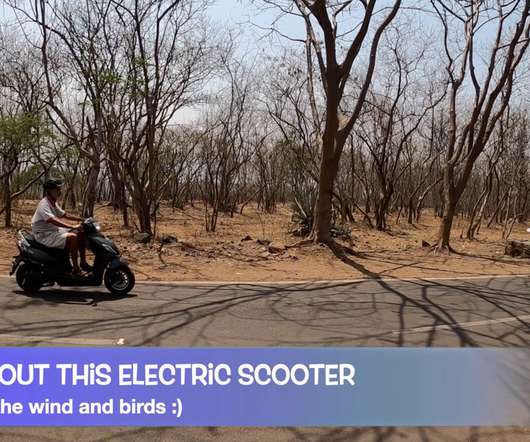Energy Harvesting for Wearable Technology Steps Up
Cars That Think
NOVEMBER 1, 2023
Wearable devices, like nearly every other piece of tech, need energy. The best-known wearable energy-harvesting tech today is, of course, solar, which pulls down electrons from sunlight or ambient light. Leveraging watch tech for…bisons? Fortunately, though, at wearables’ modest power budgets, energy is effectively everywhere.



















Let's personalize your content